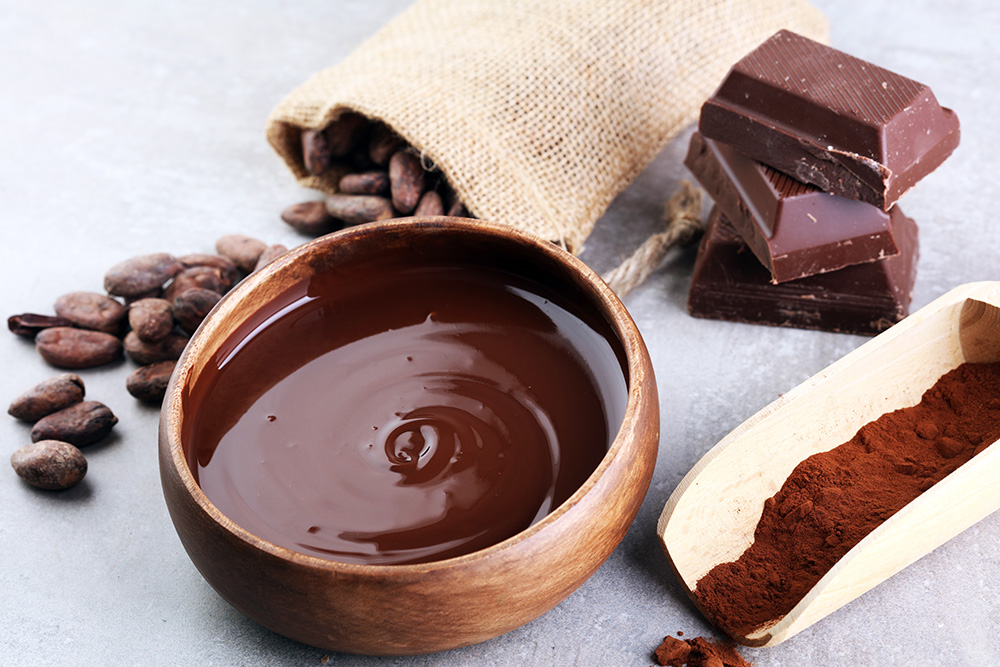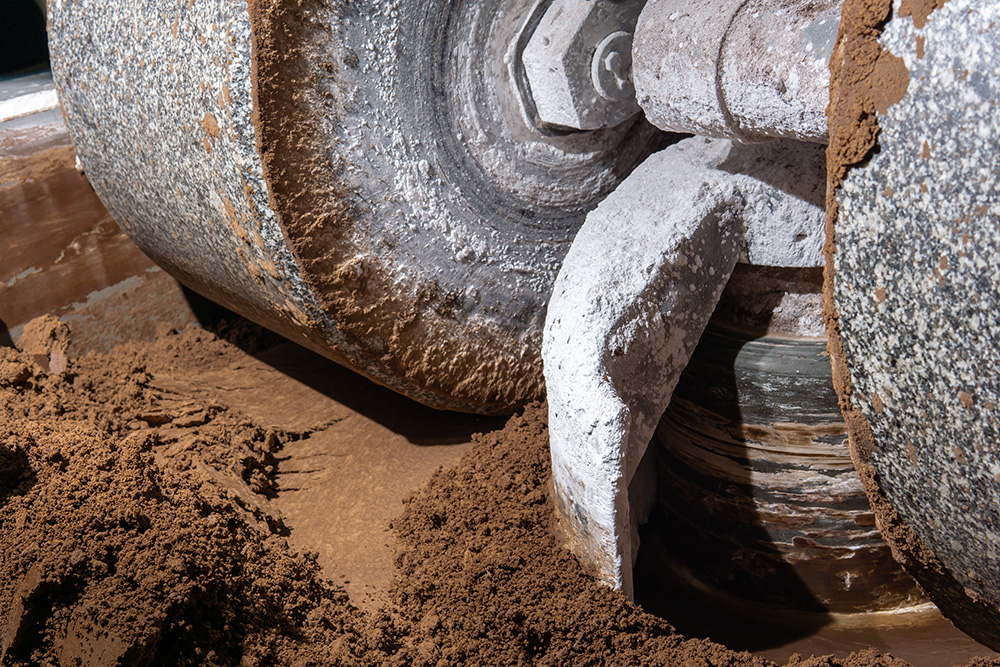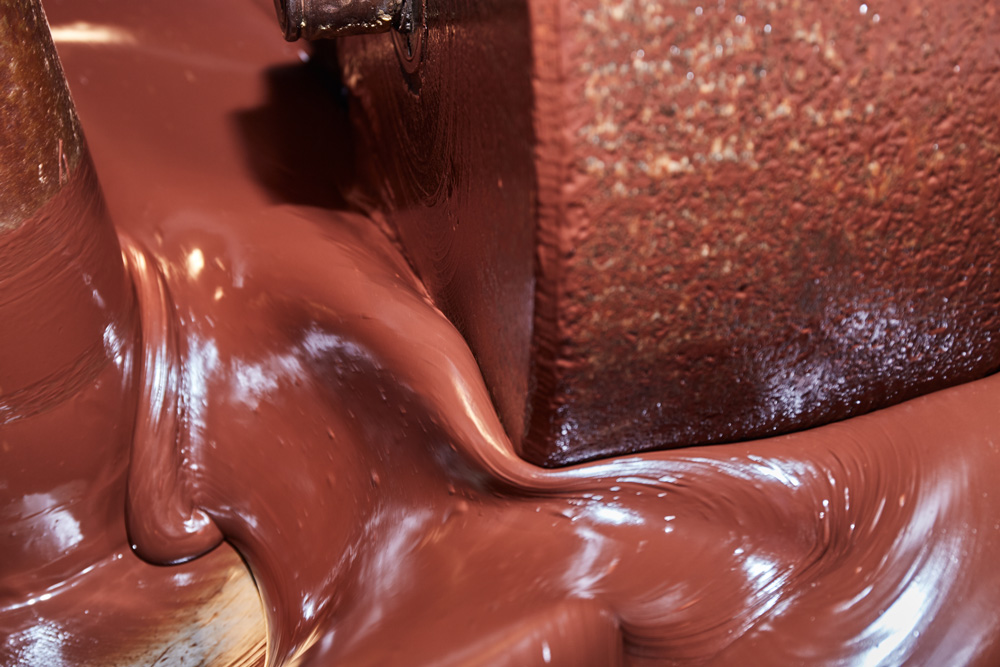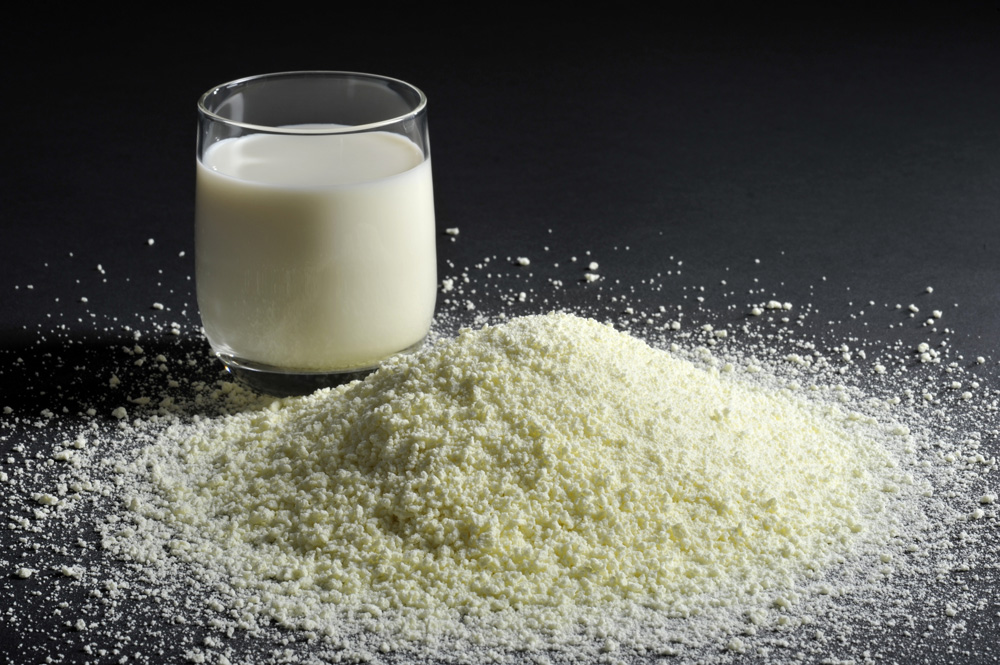What is ‘Clean Tasting’ Chocolate?
Posted: 23 May 2022

If you’re in the business of chocolate work (or perhaps not), you’ll have probably heard a chocolate, at some point, referred to as ‘clean tasting’.
In this article, we’ll walk you through what clean tasting chocolate is, how it works and why it just might be helpful to you.
So, what is it?
Clean tasting chocolates don’t linger in the mouth, and on the tongue, after they’ve melted or have been swallowed. They leave no sticky or claggy after-feel, hence they’re referred to as ‘clean’.
This doesn’t mean that they’re not flavourful, quite the opposite.
Their special production processes and compositions are so that the added milk proteins and fats break down in a specific way. As a result, these chocolates tend to stick to your mouth a lot less than others.
It’s as simple as that. Well, almost.
How does it work?

After a lot of research and cross comparing, the long and the short of it is… the science part is subjective. However, we do have a well-researched and logical theory to share with you.
Our sense of taste is actually far more complex than that which we consciously experience every day. And, despite being one of the 5 basic senses, scientists still don’t know exactly how it works.
Pair that with the complexity of chocolate’s production process and the physics of rheology (dealing with the flow of matter, liquids, and plastic flow of solids), and things get even more interesting.
In short, clean tasting couverture chocolates taste clean because they contain less milk and, more cocoa butter than other couvertures.
Here’s the science behind it.
First Element: The Pressing
The pressing and subsequent conching process seem to be a huge determining factor in how long the taste and feel of a chocolate lingers inside the mouth once melted.
‘Pressing’ is the process of grinding down and refining the cocoa solids into smaller particles.

As a research paper summary, published by Bean to Bar World (2020), puts it:
“When you refine the cocoa nib, particle sizes will often get smaller with longer grinding time, but there will still be a variance of sizes nonetheless.
Beckett (2000) states that the largest particles determine mouthfeel in regard to grittiness, while the smaller particles are important for liquid chocolate flow.”
So, refining cocoa solid particles closer to 10 microns than 30 microns contributes to the fluid liquid chocolate flow and silky mouthfeel that we all love in chocolate. This is because the particle microns conform to the average distance between two taste buds(!).
Second Element: The Conching Process
Smaller particles do mean more surface area. This means the viscosity of the chocolate will be thicker unless you counteract it with sufficient cocoa butter, which will make the chocolate thinner, softer and smoother in mouthfeel.

This addition is conducted during the conching stage.
“... conches [are] tanks that have a powerful string apparatus inside that kneads the chocolate mixture slowly over a long time. The heat emitted, friction and contact with the air result in several physical and chemical processes:
- The cocoa butter present in the chocolate mixture melts. This also occurs with the milk fat from the milk powder used for milk and white chocolate.
- These fats are spread through all the minuscule particles in the chocolate mixture.
- Liquid that is present in the mixture evaporates.
- The volatile acids will - depending on the conching time - partially or totally disappear, and this affects the flavour of the chocolate.
- A caramelisation process takes place. Depending on the heat and the conching time, this can affect the flavour of the chocolate.” - Barry Callebaut (2005).
Third Element: Milk Powder Content
As you can’t add water-based liquids to chocolate, milk solids/milk powders are used to add creaminess and further reduce viscosity by acting as a solvent.
Milk composition and what it’s used for:
- 5% lactose - sugars
- 5% milk fat - softens and thins
- 3.5% protein - creaminess
- 0.7% minerals
Milk fat, composed of various fatty acids, is responsible for softening and thinning the chocolate mixture, as it includes many of the same fats found in cocoa butter. Therefore, it’s also used as a substitute for cocoa butter content.

Milk powder content in chocolate takes longer to break down as it melts in the mouth than, say, sugar.
Sugar is dissolved by our saliva first, but it’s the lactose, milk fats, proteins, and whey that take longer to break down. This is because they cling and bind to the increased surface area of the refined cocoa particles.
Conclusion
Whether the ‘clean taste’ was just a happy accident or a carefully calculated intention, we don’t know.
What we do know is that it works.
To see if our theory stood up in reality, we taste-tested and compared the ingredients of 4 milk chocolates; 2 that we consider to be clean tasting (bottom), and 2 we don’t consider to be as clean tasting (top).
| PRODUCT | COCOA MASS % | SUGAR % | COCOA BUTTER % | MILK POWDER % |
| Callebaut 823 | 11 | 42 | 24 | 22.5 |
| Stewart & Arnold Milk | 16.5 | 39.5 | 20 | 23.5 |
| Carma Des Alpes | 11 | 42.5 | 25.5 | 20.5 |
| Lubeca | 8 | 41 | 30 | 20 |
And, as you can see, our research supports the theory!
Why are clean tasting chocolates beneficial for confectionery businesses?
Well, for two main reasons.
Firstly, clean tasting chocolates are expertly crafted to have a silky-smooth mouthfeel - beneficial in the warm summer months when consumers tend to steer away from chocolate for its thick, claggy after-taste, and sales subsequently drop. Providing a lighter, cleaner tasting option of chocolate is more likely to help your sales over summer.
And, secondly, they’re excellent value for money!
Cocoa butter is more valuable than milk powder, so not only are you getting top quality mouthfeel and flavour profile, but you also get more of the premium ingredients, for a similar price.
We put together a list of our tried and tested top 9 clean tasting couverture chocolates for you to make your own conclusions!
.svg)